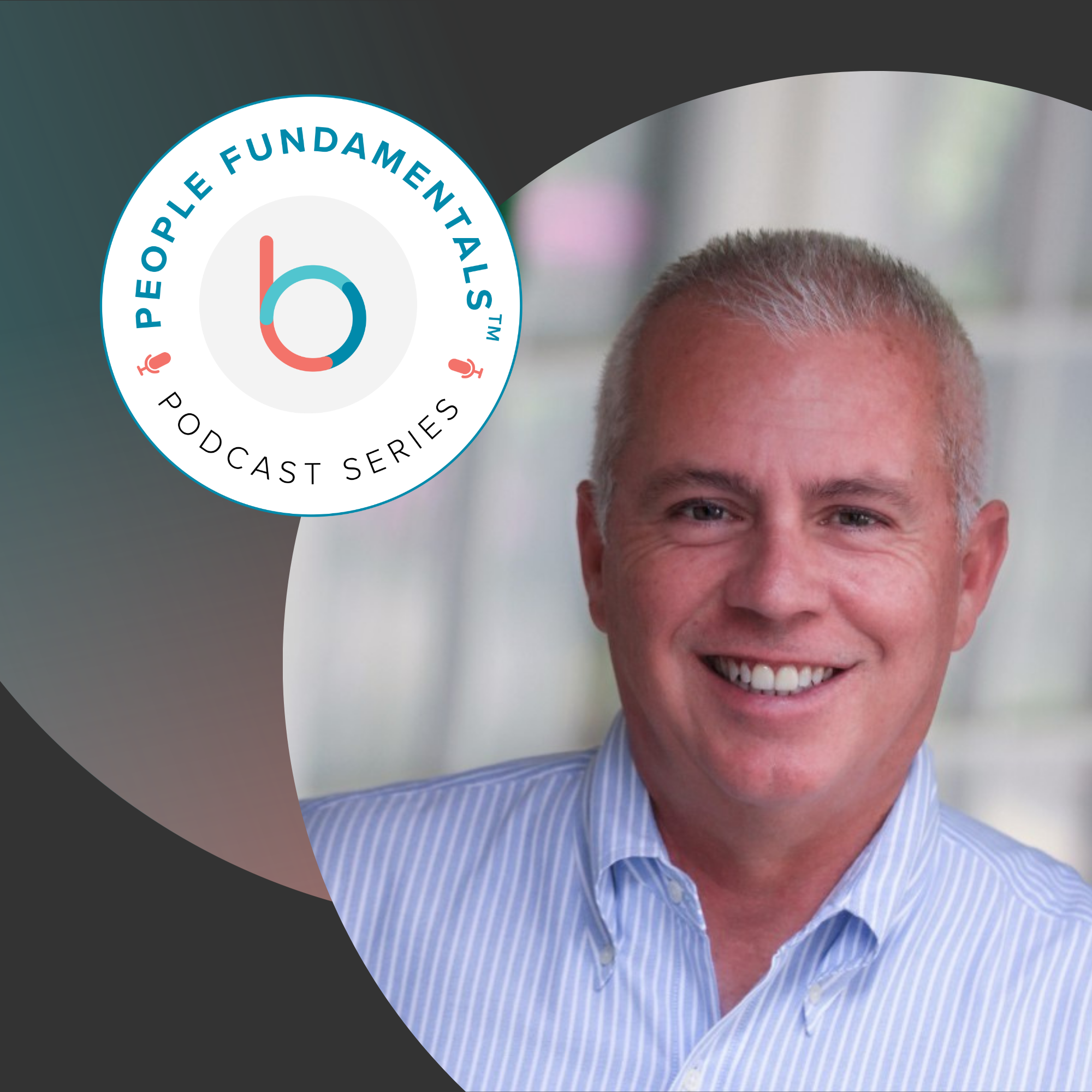Your business is composed of hundreds of systems, thousands of employees, and countless other factors that influence your ability to deliver results. Aligning all of these disparate elements can have a powerful effect on business outcomes, and an effective organizational alignment strategy can make that happen.
Human resource management intersects with organizational alignment in several ways. HR facilitates the goal alignment process, ensuring everyone is on the same page. Your HR department is instrumental in helping managers embed individual goals into performance management processes. And your HR team plays a vital role in aligning your staffing strategy with your organizational strategy.
Here’s how to achieve organizational alignment at your business.
What Is Organizational Alignment?
Organizational alignment occurs when your entire workforce is united by a shared purpose and working towards common business goals. When your workforce is fully aligned, employees see their role in the business more clearly, allowing them to work more effectively, make strategic decisions, and take on more autonomy.
Every business strives for organizational alignment, but it can be much harder to achieve than it appears. In fact, only two in 10 employees feel like they’re always tasked to work on the right things, according to the Betterworks 2022 State of Performance Enablement research report. When employees are simply assigned goals with no line of sight to the business, their work can seem disjointed from their company’s overall business strategy.
But in an aligned organization, each employee can see how their daily work drives the business forward — and that builds momentum towards success.
Why Does It Matter for Your Organization?
Organizational alignment has several benefits. First, organizational alignment empowers your business to thrive and grow. When your organization is aligned, each and every member of your workforce is pulling in the same direction. When the united efforts of your human resources concentrate on driving business results, you can achieve higher growth faster.
Your talent outcomes are more likely to improve in an aligned business too. With a stronger sense of direction and purpose, for example, employees may find their work to be more engaging, reducing turnover. And with greater clarity about what they’re working towards, employees can achieve their goals more quickly and with better results.
How to Build Organizational Alignment
Building organizational alignment across your workforce requires deliberate action. Take these five steps to bring all of the threads of your business together.
Identify a Common Purpose
The key to organizational alignment is uniting the workforce behind a shared vision. To do that, you need to articulate a common purpose.
Start with the business strategy: How does it further your mission, vision, and values? When you can demonstrate how your business goals move the mission forward, you make it easier for employees to come along with you.
During business planning meetings, be intentional about demonstrating how your strategy serves the company’s mission and furthers its vision. Tying concrete strategic goals to your foundational documents helps the workforce see the organization’s purpose more clearly.
When you can articulate, at a macro-level, how the business plans to achieve its purpose, it’s easier to preserve that sense of purpose when breaking goals down to the individual level.
Set Individual and Team Goals
For organizational alignment to occur, there has to be clarity of purpose, especially when demonstrating how each person is responsible for contributing to strategic business outcomes. Employees feel more empowered to accomplish their goals with a clear line of sight from their daily tasks to long-term business outcomes.
Aligning goals down the organization, from the macro-level business strategy at the top down to frontline workers, produces clarity of purpose. HR plays an essential role in translating policy into language that maintains the connection between individual goals and the business strategy.
Break the larger goals down by department, then by each team, and finally by each individual team member. Keep the process transparent, allowing employees to trace the origin of their goals back to the business strategy.
Foster Ownership
A successful organizational alignment strategy relies on clear accountability for achieving each objective feeding into your larger business goals. With clear ownership, it’s easier to track how your objectives are progressing. And when employees encounter roadblocks, they can easily see who they need to bring their questions and concerns to.
Strategic alignment software makes ownership transparent, so it’s easy to see who’s responsible for accomplishing each objective. More than one person may share some objectives, but it’s important to assign responsibility for overseeing each goal to a single person.
Encourage Collaboration
Organizational alignment relies on finely tuned collaboration between departments, teams, and employees. HR can facilitate more effective communication processes to keep everyone on the same page and working towards the same goals.
Define behaviors that fit within your organization’s understanding of collaboration and incorporate those behaviors into performance management processes.
Implement the Right Tools
Strategic alignment tools create transparency around strategic priorities. It provides an effective management system for overseeing company goals. Using this software, you can clearly lay out the organizational structure, allowing each employee to see how their work furthers business objectives.
With the right alignment software in place, you can manage your short-term objectives and long-term goals across the workforce.
Organizational Alignment Framework Example
The McKinsey 7S Model is a common framework for assessing and achieving organizational alignment. The organizational alignment model examines the interplay of seven factors. These factors include three “hard” elements (strategy, structure, and systems) and four “soft” elements (shared values, skills, style, and staff).
The hard elements are easier to quantify than the four soft elements, which can be challenging to measure. Examining each of these elements in relation to each other demonstrates how aligned your organization is — and where you have room for improvement.
For example, consider how your HR systems carry the workforce’s shared values across the business. Are values incorporated into performance management systems or your rewards and recognition program? When each of the seven factors in the framework are aligned, they work together to drive your organization forward.
Best Organizational Alignment Tools
Several of the tools you already have in your tech stack can improve your organizational alignment. Here are four top tools for keeping your workforce aligned across your shared business goals.
Objectives and Key Results (OKRs)
Using the objectives and key results (OKR) model, you can clarify your organizational goals and how each person within your organization moves them forward.
Objectives summarize what the organization, each department, team, and individual need to accomplish within a designated time frame. The key results indicate that those objectives have been met.
The OKRs model is crucial for achieving organizational alignment. Setting OKRs allows you to maintain the origins of each individual goal in the business strategy. The model also forces leadership, teams, and individuals to align on what the business goals are at a granular level and what each person is responsible for achieving.
Strategic alignment software helps you keep track of the OKRs dispersed across the company so that everyone remains aligned on their common purpose.
Communication Software
Since the pandemic, more and more organizations have adopted communication tools and software to keep the workforce connected, no matter where they’re logging in. You can also use these tools to drive better organizational alignment.
Alignment requires transparency and clarity, and communication software helps you achieve both. Tools like Slack and Zoom make it easy to stay in touch with colleagues across the organization, so employees maintain a sense of where they fit into the larger whole. And having a line of communication with managers helps team members remain focused on achieving their goals.
Develop guidelines for using communication tools to clarify when and how to get in touch with colleagues.
Project Management Platforms
The project management tools embedded in your daily processes offer further opportunities to align the workforce. Project management platforms like Monday or Basecamp software support better organizational alignment and more effective communication. They provide ways to track specific tasks and share relevant files to make working together easier.
The ability to see what’s been accomplished for each objective and what tasks are left to complete helps everyone stay on the same page. Seeing task lists being completed also reinforces the importance of each person’s role in the organization, no matter how inconsequential they believe their work to be, driving a greater sense of purpose.
Employee Engagement Tools
Software to promote employee engagement can help employees remain invested in their work. It can bring them closer to their purpose in the organization and link individual employees with the company culture.
Most employee engagement software offers tools to measure workforce engagement levels through surveys and capturing employee feedback. Include questions about purpose and organizational alignment in your surveys to assess whether employees feel that their work is furthering the business’s mission, vision and values.
Drive Your Business Forward With Organizational Alignment
When your organization is aligned, every element of your business builds momentum in the right direction. From individual workforce members to your HR systems and tools, each piece of your business plan works together to drive results.
Discover how to use strategic alignment to harness your company’s full power.
The State of Performance Enablement






